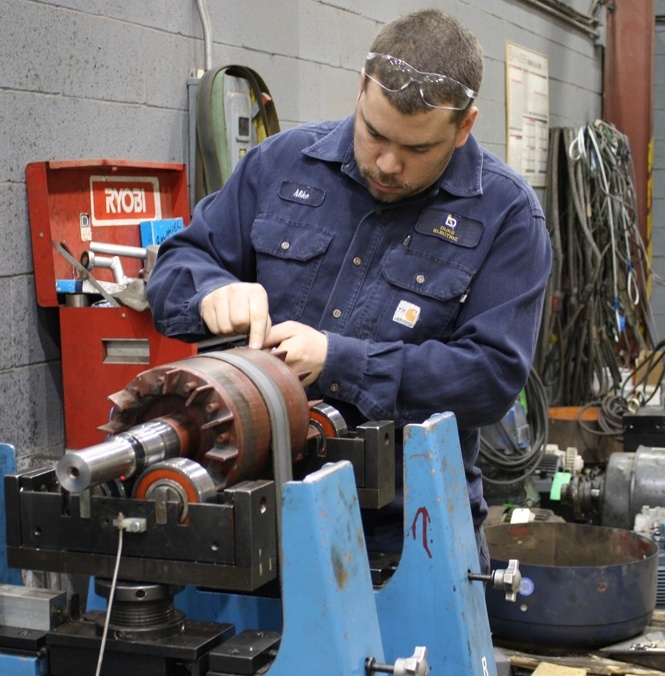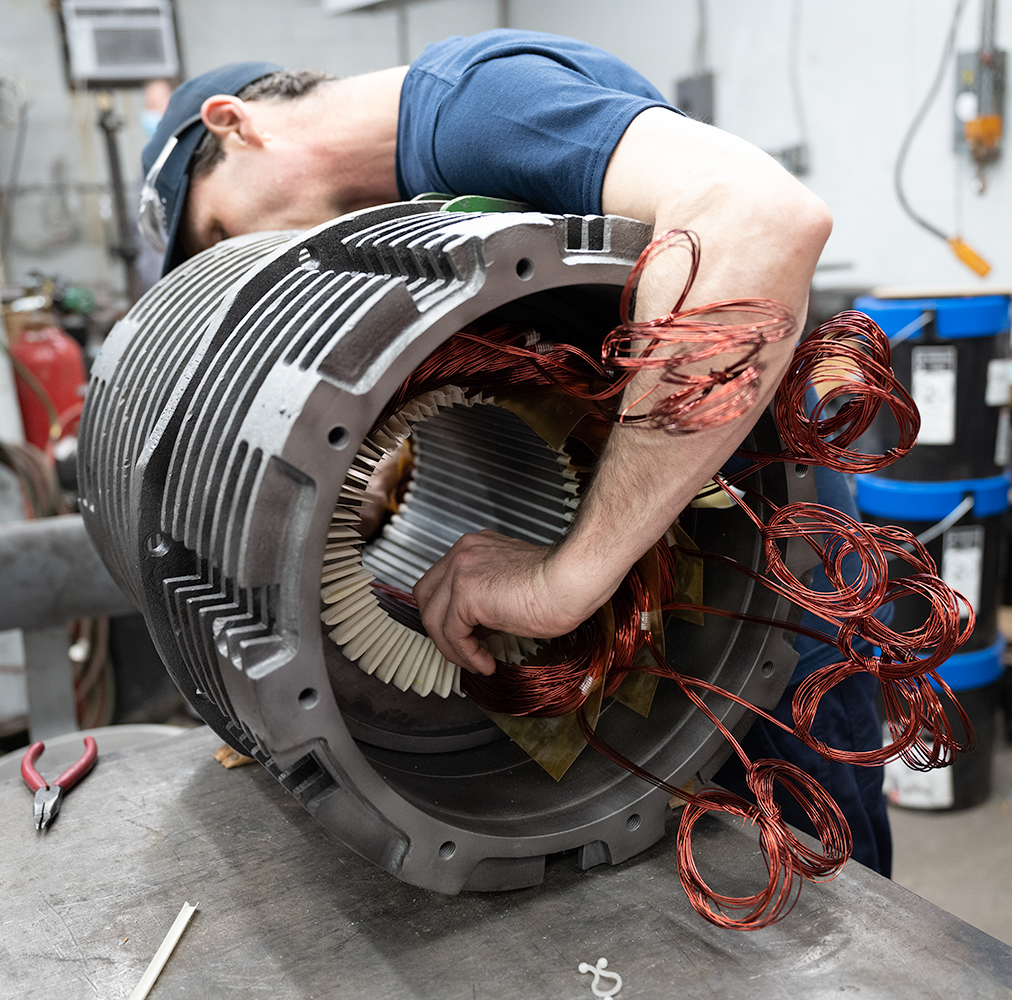8 Factors That Can Impact Bearing Lubrication in Electric Motors October 21, 2022
Factors That Can Impact Bearing Lubrication
1. Operating Hours
If your electric motor is a critical asset and runs continuously, it will need lubrication more often than motors that run periodically. Monitor the hours the motor has been operating to determine when it's time to relubricate the bearings.
Unfortunately, deciding when and how often to relubricate is not a straightforward matter. The decision depends on the machine builder's and grease supplier's recommendations.
Bearing manufacturers typically suggest relubrication intervals based on operating conditions and type of grease3. Usually, light to medium-duty electric motors that run continuously will require annual relubrication. It would be best to decrease the relubrication interval by half for every 10 degrees Celsius above the nominally recommended temperatures.
2. Operating Temperature
The higher the temperature the motor runs, the quicker the grease and lubricants will break down and lose effectiveness. The lubrication breaks down because the oxidation rate accelerates and evaporates faster. So, inspecting the motor bearings more often and applying additional lubricant as needed in higher-temperature environments is a good idea.
3. Bearing Type
The grease used in sealed and shielded bearings lasts longer than the grease used in open ball, roller, and thrust bearings.
4. Bearing Size
This one is pretty intuitive; the larger the bearing, the more lubricant it requires during its lifetime.
5. Vibration
Motors subjected to more vibration cause the lubricant to flow freely into the rolling bearing element's path, where the lubricant is worked and heated excessively4. This reduces grease life, especially in high-speed bearings. Excess vibration could indicate other problems, so a good idea would be to have an electric motor vibration analysis5 completed to determine the source of the vibration.
6. RPMs
Electric motors running at high speeds (RPMs) tend to break down lubricants quicker than those running at lower speeds. This is because the higher speed works and heats the grease, effectively breaking it down.
7. Lubricant Type and Viscosity
Some bearings use grease, while others use oil to lubricate the bearings. Using the wrong type of lubricant can negatively impact the operation of the bearing.
Grease is frequently used as a bearing lubricant because of its simplicity of application and unique characteristics. Grease is a semi-solid lubricant composed of base oil, a thickener, and additives. The base oil may be mineral or synthetic. Mineral oils are good enough for most electric motor-bearing applications. While synthetic base oils might be required for more extreme temperature applications.
Viscosity should also be appropriate for the load and speed of the application at operating temperature. The typical mineral oil viscosity in an electric motor grease ranges from 500 to 600 SUS at 100 degrees Fahrenheit. Your electric motor manufacturer may provide a specific recommendation.
8. Operating Environment
Grease is a thick, sticky substance that can easily attract dirt and debris. And dirty environments quickly lead to the contamination of grease and other bearing lubricants. Humid environments are also detrimental to the effectiveness of bearing lubricants, with high humidity breaking down the grease.
Chillier environments can also harm bearings, with grease and oil becoming too viscous. If the lubricant becomes too viscous, then the all-important film separating the rolling elements and the race surface will not form.
Applying lubrication to electric motor bearings is just one of the factors in an effective electric motor preventive maintenance program. If you want to establish a preventive maintenance mindset with your industrial equipment teams, look no further than our free guide.







